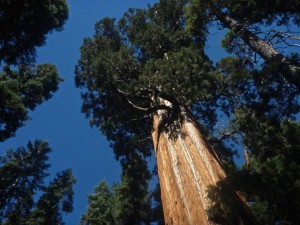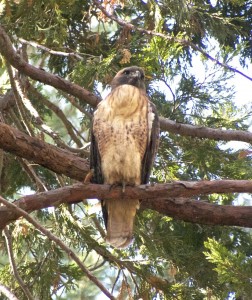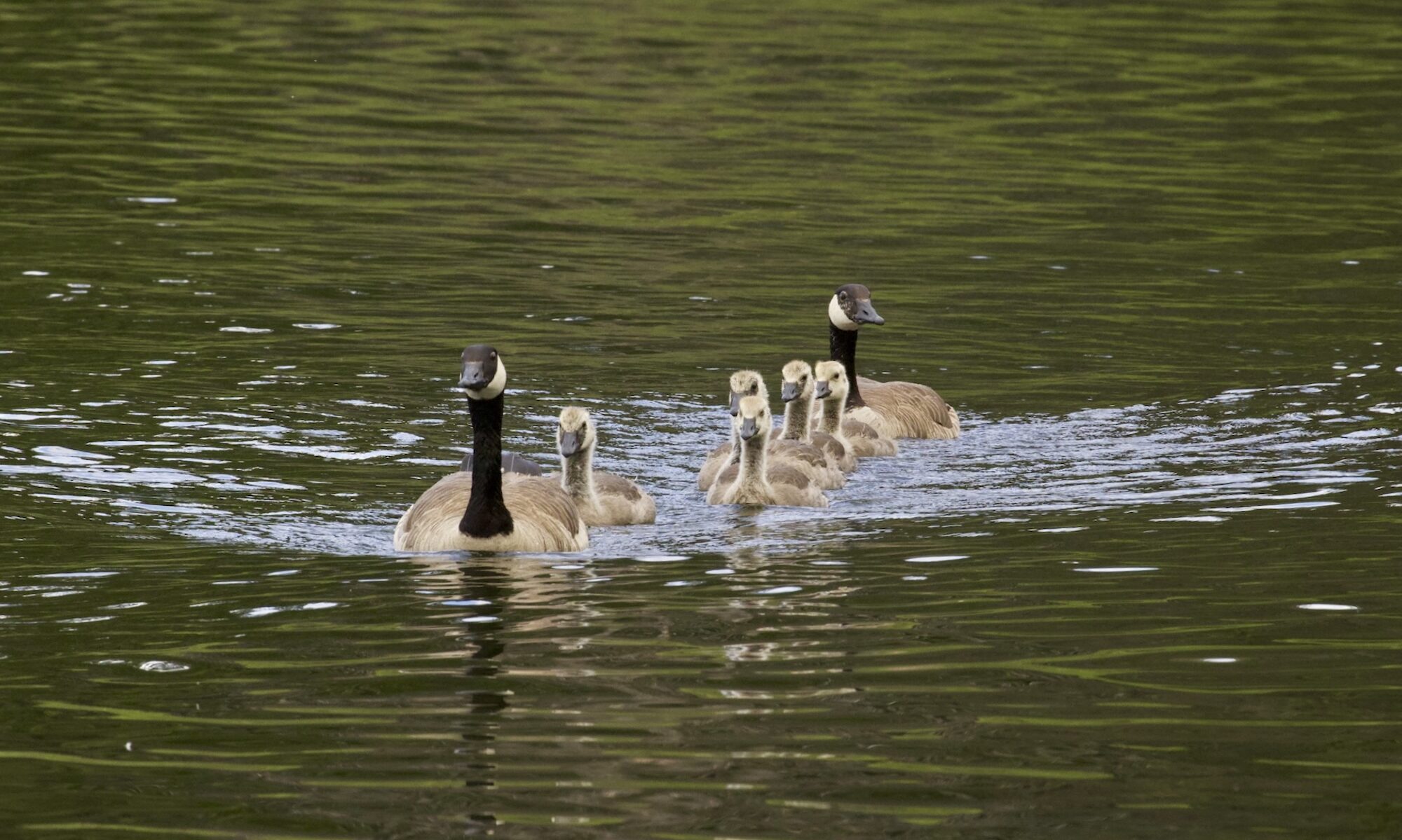
Our dear friends, Peter & Lee, recently purchased a home in Merced. We’re excited to visit their new place and see all the treasures they’ve amassed from years overseas. Merced is near wonderful recreation areas as well. While there’s Yosemite National Park nearby, I was unfamiliar with the high sierras south of there. This road trip up Highway 99 has reopened that part of California, and my visit to the 2 neighboring parks, Sequoia and King’s Canyon, was a wonderful introduction. The Mineral King valley merits a visit on some not-to-distant trip.
Arriving in the late afternoon from Orange County, I traveled Hwy. 198 right into south-western entrance to Sequoia NP and camped at Potwisha, shortly past the Visitor Center. (NOTE: there’s a northwestern entry via Hwy. 180 as well. I planned a south to north route.) An easy drive, there was sufficient light to explore this area knows as the “Foothills” region.
My intention, however, was to view BIG trees, and the next morning I continued my self-guided tour through some beautiful regions before settling into a 2-night stay at Azalea CG in Kings Canyon. The drive was particularly memorable due to early-morning light, and hiking from the General Sherman tree (Congress Trail) was peaceful and contemplative. You can’t say the same for the General Grant tree (a short walk from Azalea CG) as school trips and the myriad busloads of tourists flowed through. I suspect the proximity of Hwy. 180 to Fresno makes this entrance more attractive to travelers from the bay area. Regardless of crowds, these trees dwarf everything around them. While not necessarily the oldest trees (e.g the Bristlecone pines hold that honor) or the tallest (the California Redwoods’ claim to fame), the General Sherman tree located in the Giant Forest region of Sequoia NP is the world’s LARGEST tree in volume.
What’s interesting is the symbiotic relationship between the Sequoias and what I thought was their nemesis—fire. Not so, and scars of former blazes are worn proudly on all but a few big trees. Fires, long suppressed by the forest services, are now allowed to burn and prescribed fires used to create a healthy growing environment. Scientists learned that sequoias need a seedbed fertilized with ash to propagate their seeds. Fires also open the forest canopy allowing sunlight to reach the seedlings. Furthermore, fires clear out the small white-fir trees and accumulated dead wood that serve as fuels for bigger, hotter blazes that are more dangerous for people, plants, and wildlife. As for the burned bark, the Sequoia merely grows new bark, year after year, that eventually covers the scar. In the visitor center, a slice of a felled Sequoia shows repeated fires in the tree’s history—tiny blemishes here and there among thousands of tree rings.
The Azalea CG is expansive, and nicely spaced. #15 is down in a quiet cul-de-sac along the trail to the Grant tree. Here it is, mid-October, and while they’ve closed the other 2 campgrounds located in the Grant Grove region of Mineral King NP, Azalea offers great campsites and from what I overhear, many of the other (few) campers are en-route to Arizona and openly refer to themselves as “snowbirds.” May I melt before morphing into one of those. One strategy is to camp a distance from the bathrooms as the big rigs (and their inevitable generators) are power hogs. These campgrounds don’t offer septic connections, so they like to keep los baños close.

this juvenile Red-tail hawk.
While wandering the densely treed area, I surprised a hawk who flew off to a nearby tree, meal in talons. He expressed some annoyance at my presence but didn’t fly off and split his time checking me out and pulling off chunks of meat. He appeared rather jittery, however, and suddenly swooped down to grab the rest of the dead chippy (obviously fearing that I’d add it to my dinner). All this was no more than 20′ from me and, after several attempts, the hawk returned to the tree to finish the meal. In all the excitement, I missed a great opportunity to view his expanded wings since each time the bird dropped the animal he swept around for another shot at it. I returned to the camper and checked out the resident field guide. That wasn’t helpful, so I grabbed the camera and figured the bird was still eating. Whatabirder! So far, I haven’t positively ID’d the bird but suspect it’s a juvenile Red-tail hawk.
What the future holds is really exciting. A windy and photogenic 1-hour drive from the Grant Grove village ends at the Cedar Grove area of Kings Canyon. From the “Roads End” permit station, hikers can easily day hike to Roaring River or backpack into Rae Lakes. The latter is on the combined Pacific Crest and John Muir trails between Kings Canyon and Yosemite. Alicia mentioned wanting to hike that stretch of walkway and it may be sooner than we think!
